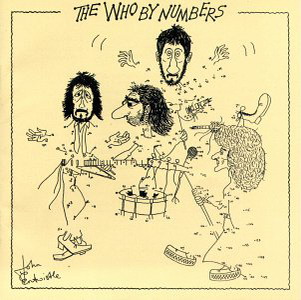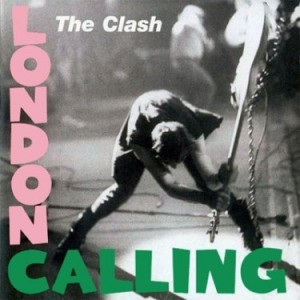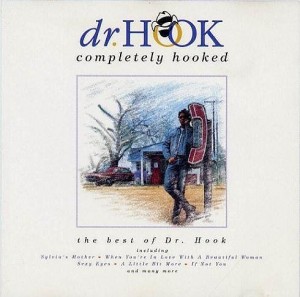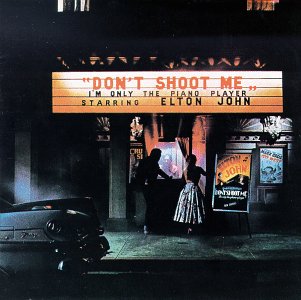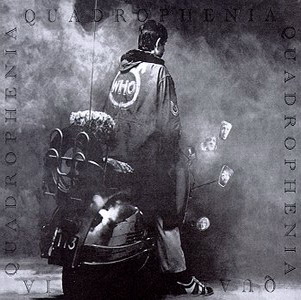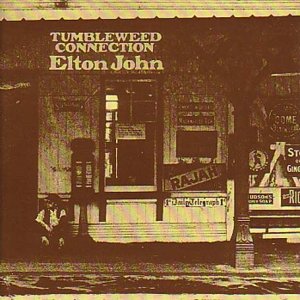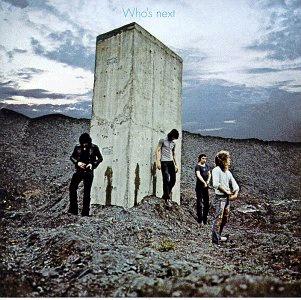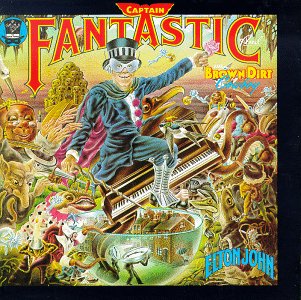
The Cover Of "Captain Fantastic & The Brown Dirt Cowboy" Was Drawn by Graphic Artist Alan Aldridge
Notwithstanding all his successes, even by 1975 Elton was a somehow enigmatic figure. Many doubts were to be dispelled when this record was released. It was an autobiography of sorts, chronicling Elton and Bernie’s early stint as paid writers (“Bitter Fingers”) and the eventual forming of a true brotherly bond, culminating in the recording of the “Empty Sky” album.
The music is uniformly good, with Elton backed by his best ensemble ever (the classic band plus Ray Cooper on percussion). His voice was never sharper, and his piano skills shaped the melodic contour of the record with his usual fire.
It is also the one “classic” Elton John album whose lyrics meet with unanimous approval. Bernie did an excellent job here, painting vignettes about ennui (the Queen lookalike “Better Off Dead”, the orchestrated “Wake Me When The Whistle Blows”), the decadence of the rock & roll scene (“Tower Of Babel”) and a moving reflection on intent and dreams named “Curtains”. Continue reading

